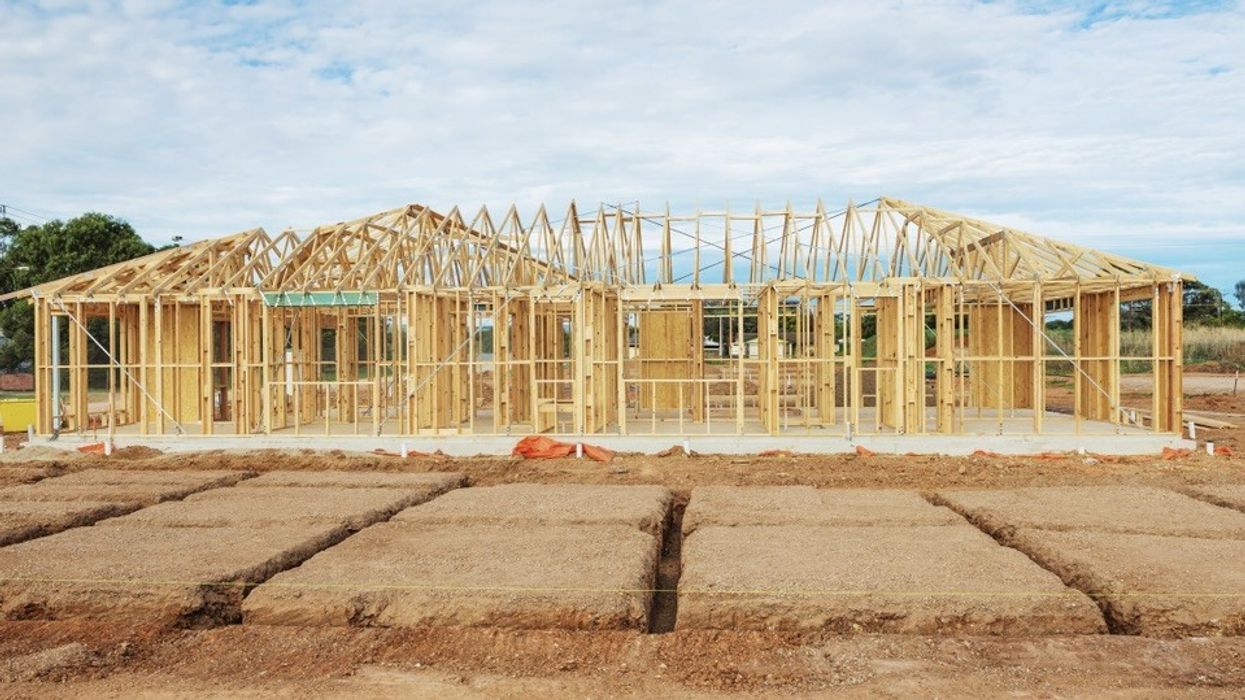This article was submitted by Tony Irwin, President and CEO, Federation of Rental-housing Providers of Ontario (FRPO) and Robert Byers, CEO, Namerind Housing Corporation.
Few could argue that the housing and affordability crisis has become the generational problem of a lifetime for Canadians, particularly for those coming of age and attempting to leave the nest. There is hope – we know how to solve this crisis. A broad consensus has emerged on the primary solution – targeted supply, and significantly higher rates of it. We are now finally seeing governments at all levels and of all political stripes starting to act, and early indicators have shown us the best results come when governments work together to bring targeted housing supply to Canadians.
But sheer supply in and of itself is not the panacea. Canada is far too vast, and the needs of its communities too varied; supply needs to be targeted, based on geography and community. Ontario, for example, has seen one of the highest drops in homeownership between 2011 and 2021, which should come as no surprise, given the average price of a house in the province is now close to $900,000. So, in the case of Ontario, prioritizing supply in the form of purpose-built rentals is likely to yield better results for the province’s efforts to address the housing crisis. Purpose-built rentals have proven time and again to be an effective way to bring balance back to the housing market as they are some of the most affordable and flexible housing options. But in what might come as a surprise, the province saw fewer than 14,000 purpose-built rental starts in 2022, a year when the country’s population boomed. This simply cannot remain the status quo. Governments need to do more to bring more rental housing online, particularly with the tools to do so already in their toolbox.
When we look at a province like Saskatchewan, however, where homeownership levels remain among the highest in the country, housing needs can present themselves differently.

Organizations like Namerind, who are leading the way to provide affordable housing solutions to marginalized communities, continue to struggle to meet demand. At the municipal level, this often comes in the form of either an onerous permitting process or bylaws which restrict the feasibility of construction of non-market housing. It’s barriers such as these that currently prevent Namerind from advancing a project in the heart of Regina that would bring 96 affordable units to those in need. Meanwhile, there seems to be little political will to collaborate with local housing providers and ensure barriers are removed and funding reaches projects that are shovel ready.
In comes the Housing Accelerator Fund (HAF), a good program, but one that needs improvement. Out of all the recent initiatives put forward by the federal government to tackle the housing and affordability crises, it’s easily attracted the most fanfare over the high-profile announcements that see large cheques given out to municipalities on track to meet their housing targets. To be clear, the program’s overall design – its essence – is what we need. It awards funding based on municipalities removing outdated approaches to permitting and zoning that are not keeping pace with the growth of our communities. With $4 billion in funding and almost 100 announcements to date, it’s been a significant marshalling of resources. However, when it comes to the accountability of how the funds are dispersed and what projects receive the funding, some blind spots remain. The program could be improved with additional federal oversight and greater responsibility assigned to municipalities to ensure funds are directed to organizations that can quickly address the community's most pressing housing needs.
Simply put, the HAF should come with an additional string attached, one that ensures municipalities consult with housing providers, and not simply assume they will, before handing over the cheque. In practice, in Ontario’s Greater Toronto Area, this means that if purpose-built rentals were made a priority for funding, then perhaps the rental gap would not be the staggering 50,000 that it is today and or will be the estimated 350,000 by 2030 as FRPO studies show. In Regina, this could mean that the 96 units Namerind is planning for would be brought online to help meet the needs of the communities’ Indigenous population.
The steps taken so far have been promising. But to truly meet the diverse housing needs across the nation, it is essential for governments at all levels, along with industry partners and community stakeholders, to work together. By aligning our efforts and focusing on a comprehensive strategy that includes a variety of housing types, we can ensure that every Canadian has access to affordable and appropriate housing.





















